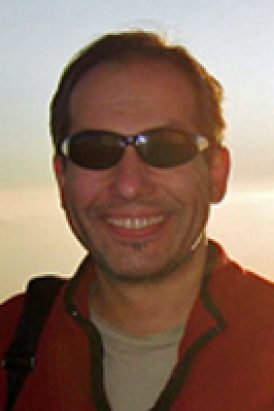 |
Dupke, Renato Filiation: Observatório Nacional - Rio de Janeiro Biography Dr. Dupke is a recognized expert in galaxy clusters and the intracluster medium. His analyses are specifically focused on the X-ray emission of the hot gas as well as its chemical composition. Date:
|
|||||
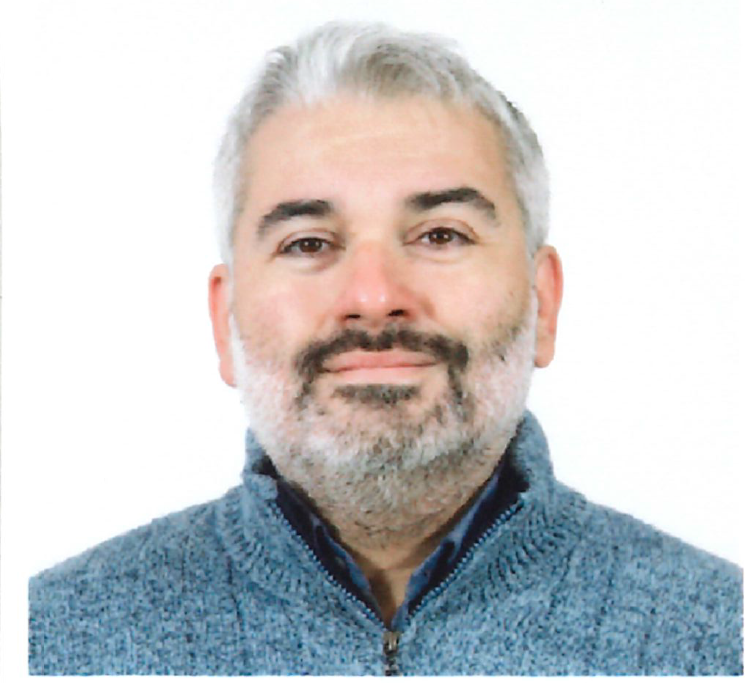 |
Bonnoli, Giacomo Filiation: INAF - Osservatorio Astronomico di Brera (Milan, Italy) Biography Researcher in the field of blazars and Cherenkov Astronomy. Member of the ASTRI, LST, CTA, MAGIC Collaborations. External collaborator of the VHEGA (Very High Energy Group for Astrophysics) group @ IAA. Collaborator of IXPE, POLAMI, and WEBT. Date:
|
|||||
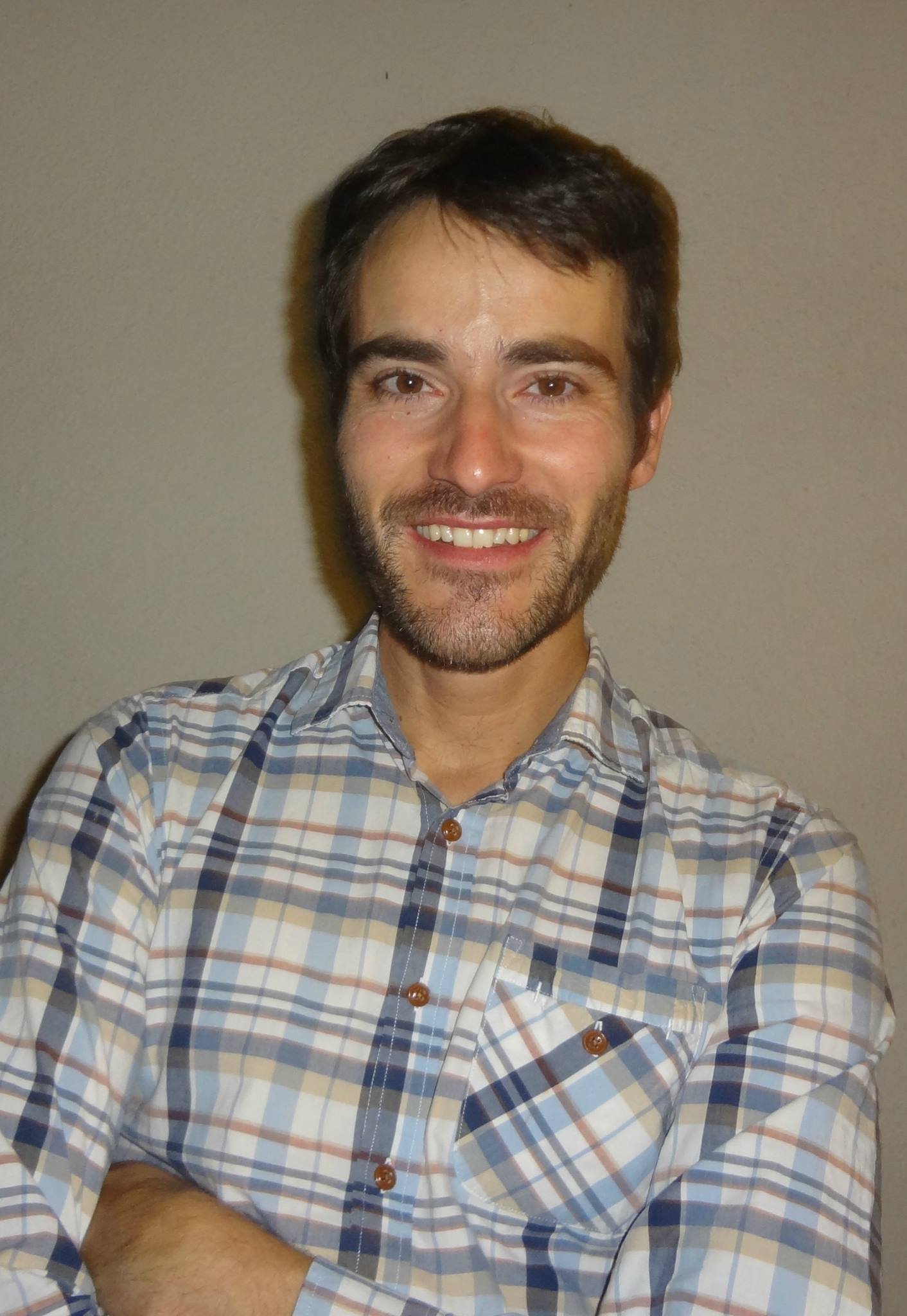 |
Masque, Josep María Filiation: Universidad de Guanajuato, Mexico Biography Josep María es un joven radioastronomo (egresado de la Universidad de Barcelona) que es profesor de la Universidad de Guanajuato y en los últimos años se ha centrado en el estudio de la formación de estrellas masivas, observando sus outflows, regiones HII, etc. Tiene muchos estudiantes de master a los que esta asesorando en esta línea de investigación. Colabora con nosotros desde hace mas de 10 años y recientemente estamos trabajando con el y una de sus estudiantes en la detección de bullets de alta velocidad en el sistema HH80, el cual es uno de los casos mas claros de sistema disco/jet en protoestrellas de gran masa (ver imágenes en https://spfe.es/people/mayra-osorio/). Date:
|
|||||
 |
de Amorim, André Luiz Filiation: Universidad Federal de Santa Catarina (Brasil) Biography Profesor titular de la Universidad de Santa Catarina (UFSC) desde 2019. Doctor en Ciencias Físicas desde 2015 por la UFSC. Realizó la tesis doctoral en el proyecto CALIFA siendo dirigida por Dr. Cid Fernandes y Dra. González Delgado, realizando una estancia de un año en el IAA. Es el creador de la pipeline de análisis de datos de CALIFA PyCASSO. Es miembro de la colaboración J-PAS desde 2018; y creador junto a Dra. González del código de análisis de datos BaySEAGal, utilizado con éxito en miniJPAS. Date:
|
|||||
 |
Sánchez López, Alejandro Filiation: Leiden Observatory, Leiden University, Leiden, The Netherlands Biography His area of expertise is the characterization of exoplanet atmospheres, from gas giants towards Earth-like alien worlds, in a search for the best methodologies and observational evidence to identify the interplay between foreign biospheres and atmospheres. I joined the IAA-CSIC for my PhD (European doctorate, Summa cum laude) on Characterization of exo-atmospheres with transmission spectroscopy, supervised by Prof. Manuel López Puertas and Dr. Bernd Funke. I joined the CARMENES Consortium, a multinational collaboration where I lead the demonstration of the capabilities of the new instrument to study the molecular composition of exoplanet atmospheres. After, I started a PostDoctoral position at Leiden Observatory under the supervision of Ignas Snellen. I have several leading and coordination roles in the framework of the ELT/METIS, ELT/ANDES, and CAHA/CARMENES instruments and in the ESA/ARIEL mission. Date:
|
|||||
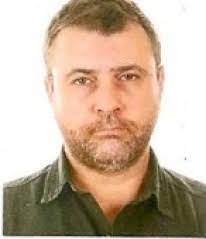 |
Cid Fernandes, Roberto Filiation: Univesidade Federal de Santa Catarina (Brasil) Biography Graduado en Licenciatura en Física por la Universidad Federal de Rio Grande do Sul (1986), Máster en Física de la Universidad Federal de Rio Grande do Sul, desarrollado parcialmente en el Instituto Astronómico y Geofísico de la Universidad de São Paulo (1989) y doctorado en el Instituto de Astronomía de la Universidad de Cambridge, Reino Unido (1995). Estancias posdoctorales y sabáticas en la UFRGS (1996), la Universidad Johns Hopkins (2000) y el Instituto de Astrofísica de Andalucía (2011). Actualmente es catedrático en la Universidad Federal de Santa Catarina, donde es profesor de Física y Astrofísica. Fue coordinador del programa de posgrado en Física 2008-2011 UFSC. Tiene experiencia en la astronomía, con énfasis en la astrofísica extragaláctica: galaxias activas, poblaciones estelares, grandes bases de datos. Ha desarrollado el código síntesis espectral STARLIGHT y la base de datos que contiene www.starlight.ufsc.br detallada para 1 millón de galaxias del SDSS, herramientas públicas ampliamente utilizados en los datos de la comunidad internacional. Date:
|
|||||
 |
Bagnulo, Stefano Filiation: Armagh Observatory and Planetarium Biography His research interest is focused on polarimetry of small bodies of the solar system. Detection and modelling of the stellar magnetic fields. Chemical abundance analysis of stellar atmospheres and radiative transfer in magnetic atmospheres. He has more 395 publications with H-index=46. He is part of the core scientific team of EnVisS (Entire Visible Sky coma mapper) onboard Spacecraft B2 of ESA Comet Interceptor mission. EnVisS is devoted to map the entire sky within the comet´s head an near-tail combining flux and polarimetric observations at various wavelengths. Date:
|
|||||
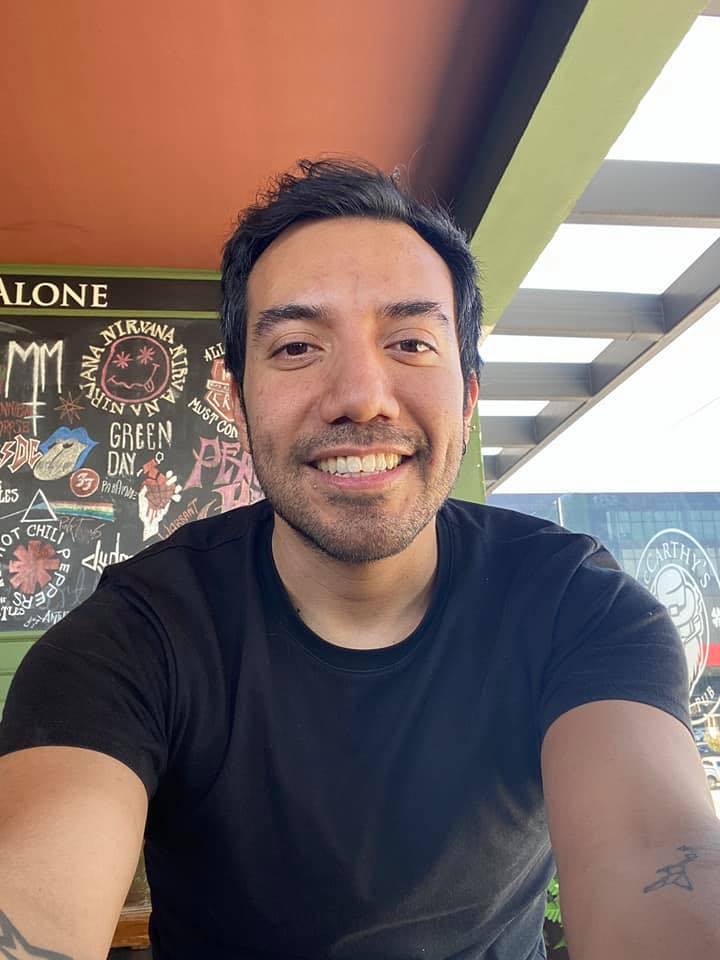 |
Toalá Sanz, Jesús Alberto Filiation: Instituto de Radioastronomía y Astrofísica, IRyA-UNAM, Morelia, Mexico Biography Prof. Toalá obtained his PhD at IAA-CSIC in 2014 under the supervision of Dr. Martín A Guerrero (IAA-CSIC). He is an expert in the characterization of nebulae around evolved stars using multi-wavelength observations in conjunction with radiation-hydrodynamic simulations. He held postdoctoral positions at IAA and the Institute of Astronomy and Astrophysics of Academia Sinica (ASIAA) in Taiwan. Since 2017, he is Associate Professor at the Institute of Radio Astronomy and Astrophysics (IRyA) of the National Autonomous University of Mexico (UNAM). He has founded the Evolved Stars Group, which has now become one of the most numerous research groups at IRyA including researchers, postdocs and postgraduate students from different levels. Dr. Toalá has been awarded with the Marcos Moshinsky Fellowship for young scientist, one of the most important awards to promising scientists granted from the Physics Institute of UNAM. Date:
|
|||||
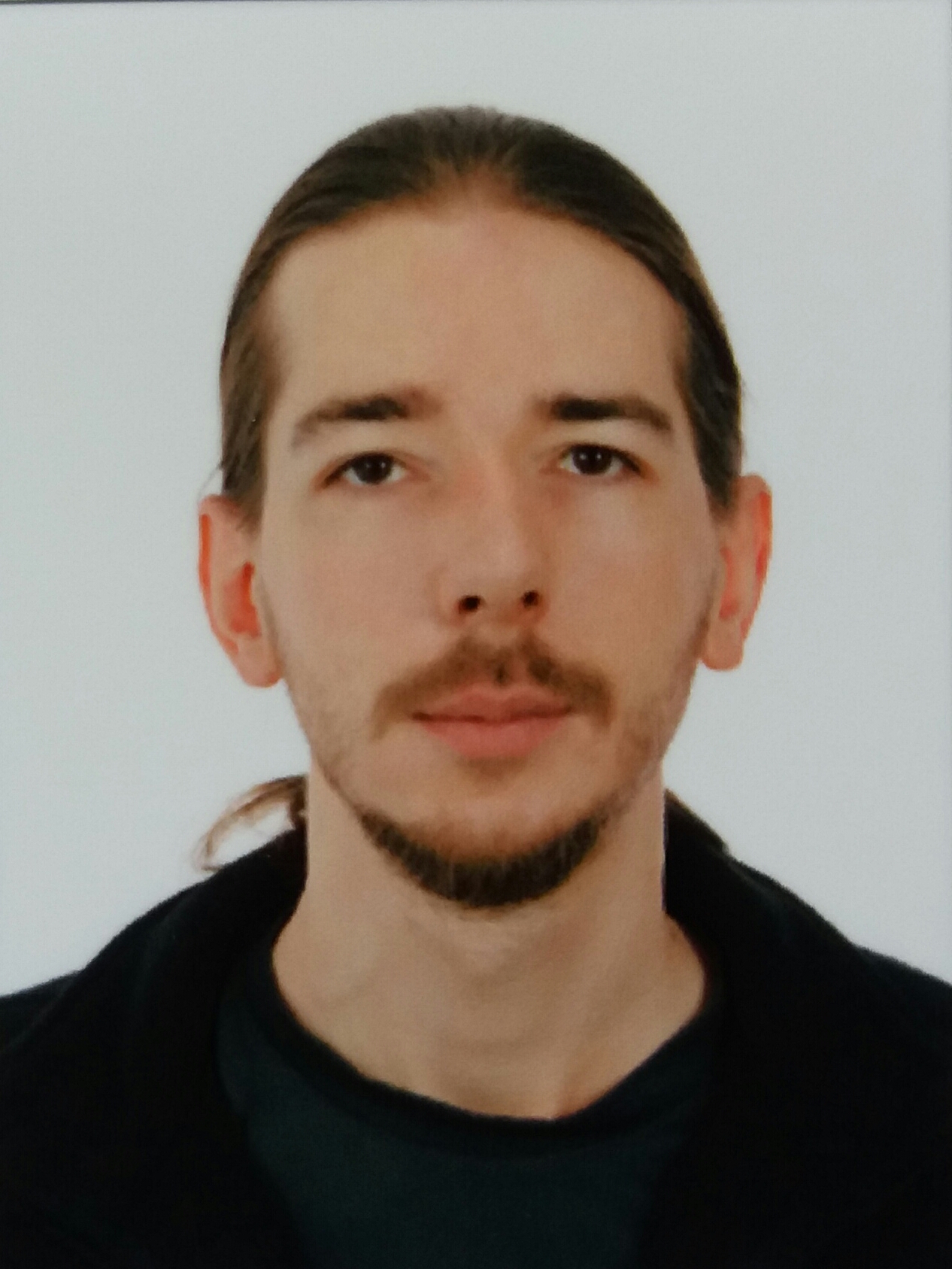 |
Zinchenko, Igor Filiation: Faculty of Physics, Ludwig-Maximilians-Universitat, Munich Biography Dr Zinchenko is an advanced postdoctoral researcher, working at the Ludwig-Maximilians-Universitat, Faculty of Physics, Munich. He is an international expert on "Chemo-dynamical evolution of galaxies", specialized in the realization of numerical simulations and treatments with super-computation of both models and large spectrophotometric databases of galaxies (e.g. SDSS; MaNGA). Several "grants" have been awarded to him for this work, from europeans institutions (e.g. HPC-Europa3 Transnational Access grant and computing time in Barcelona Supercomputing Center, in coll. with the IAA, J.M. Vilchez), and in Germany in coll. with the group of Prof. Eva Grebel, at the University of Heidelberg. He is in active collaboration with the IAA on this area of "Abundances and chemical evolution of galaxies in massive databases" (the most recent article on chemical evolution in all star-forming galaxies from the MaNGA survey has just been accepted for publication in AA: https: // arxiv. org / abs / 2109.01167) Date:
|
|||||
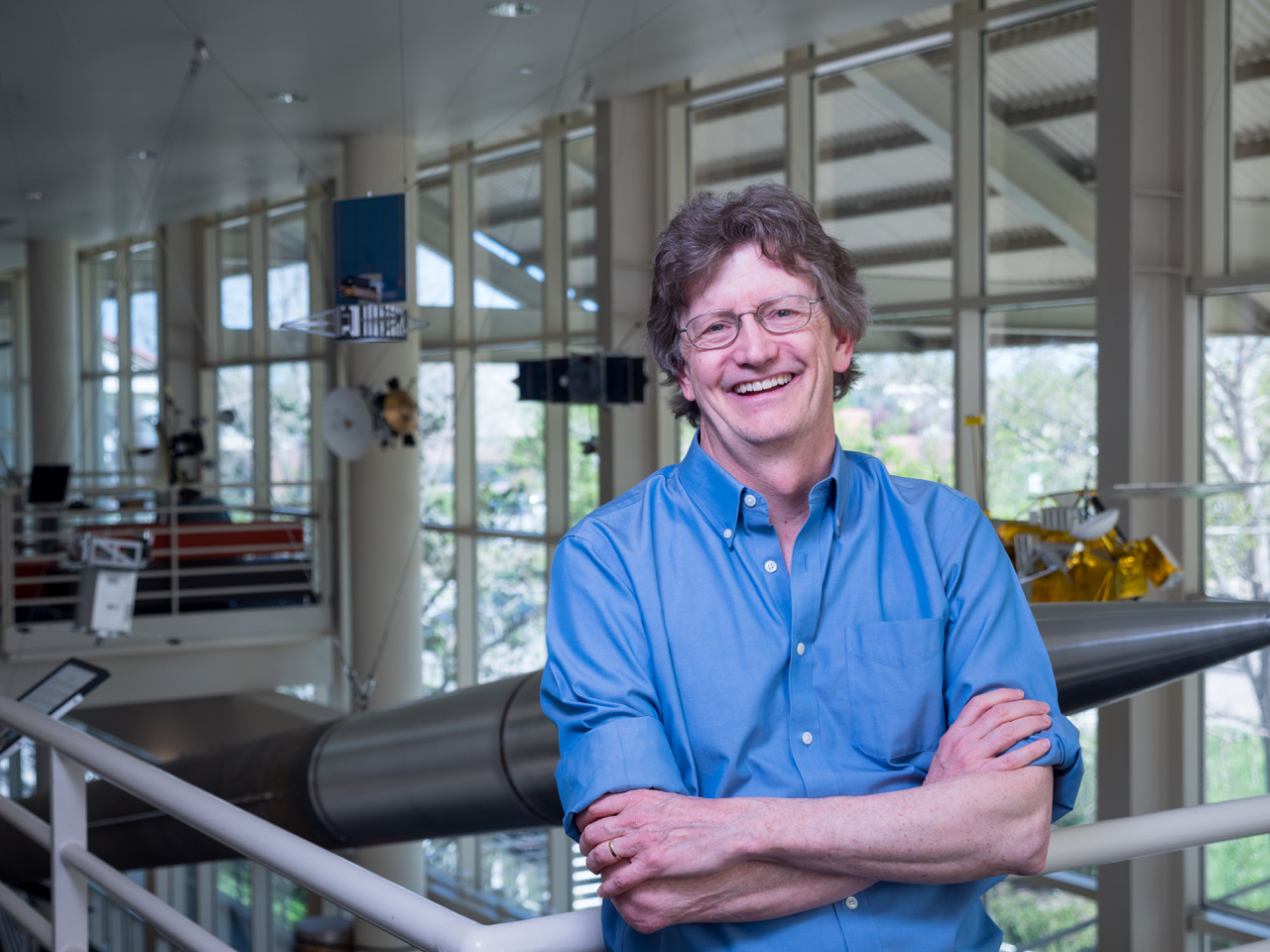 |
Schneider, Nicholas Filiation: Laboratory for Atmospheric and Space Physics, Univ. Colorado Biography Nick Schneider is a planetary scientist at the University of Colorado in Boulder. He leads the Remote Sensing Team on NASA's MAVEN mission to Mars, designed to solve the mystery of Mars’ disappearing atmosphere. The team operates the Imaging Ultraviolet Spectrograph which is acquiring some of the best ultraviolet images and spectra of Mars. He is a professor in the Department of Astrophysical and Planetary Sciences at CU, and holds a research appointment in CU's Laboratory for Atmospheric and Space Physics. He received NASA’s Exceptional Scientific Achievement Medal for his MAVEN research, and the Emmons Award from the Astronomical Society of the Pacific, a national award for undergraduate astronomy education. With CU graduates Jeff Bennett, Megan Donahue, and Mark Voit, he co-authored the most widely-used textbook in astronomy: The Cosmic Perspective. Date:
|
|||||
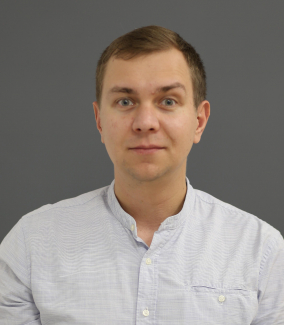 |
Blinov, Dmitry Filiation: Institute of Astrophysics, Foundation of Research and Technology – Hellas, Crete, Greece Biography Dr D. Blinov is currently a senior postdoctoral researcher at the Institute of Astrophysics, FORTH. He moved to Crete in 2013, after finishing his PhD work in 2012 at the St.Petersburg State University in Russia, he has been a member of the RoboPol project, an international collaboration on optopolarimetric studies of active galactic nuclei. D. Blinov has held the primary responsibility for RoboPol data taking, data analysis, and interpretation since joining the project, and, since 2015, also the primary role in RoboPol software development. He has led all major scientific publications of RoboPol on optopolarimetric rotations of blazars and their properties. In 2017, D. Blinov as a postdoc has joined the PASIPHAE project, an international collaboration on the mapping of polarized foregrounds for CMB B-mode searches through a large-scale optopolarimetric survey of high Galactic latitudes. D. Blinov is leading the PASIPHAE automated surveying and analysis software development team. Date:
|
|||||
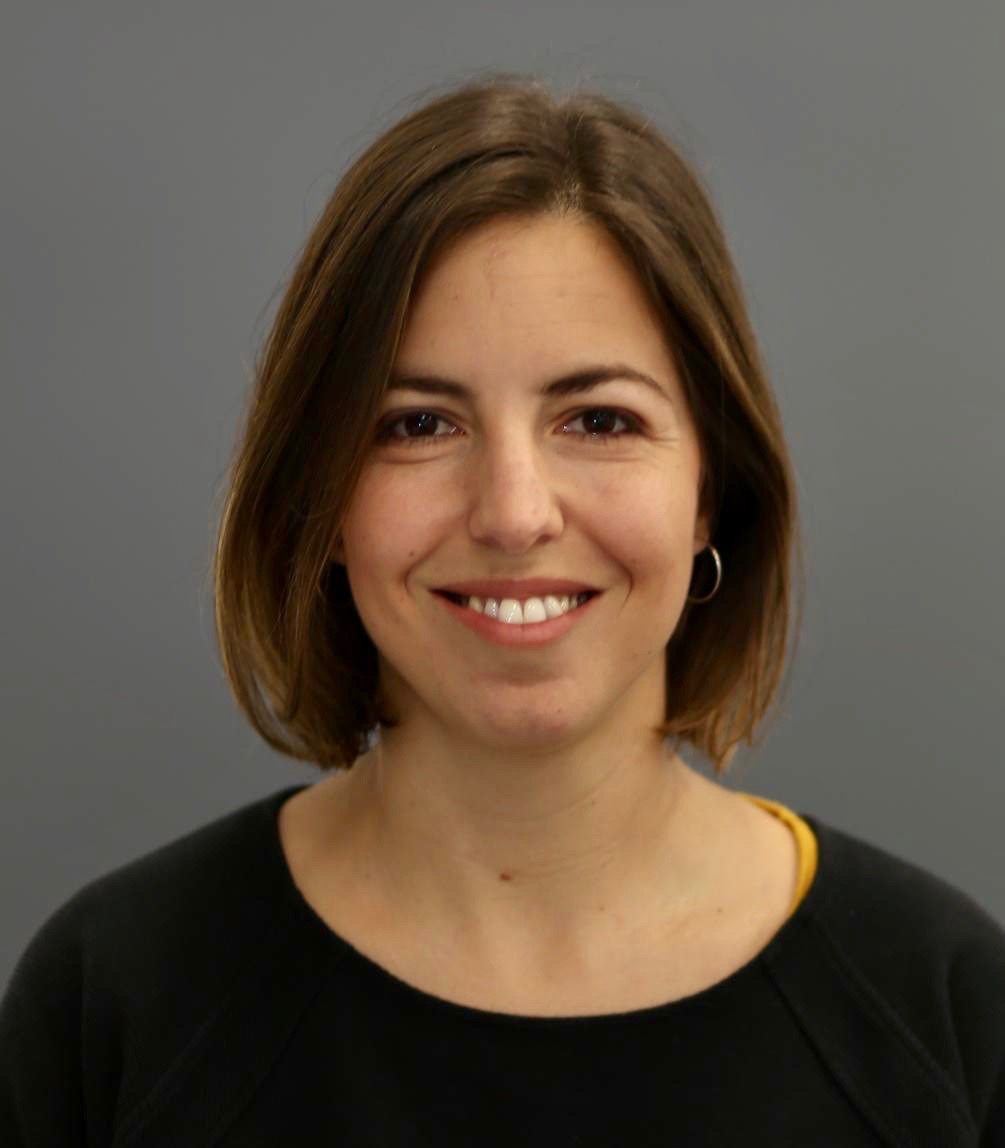 |
Casadio, Carolina Filiation: Institute of Astrophysics of the Foundation of Research and Technology – Hellas, Crete, Greece Biography Dr. Casadio is currently a Postdoctoral Researcher at the Institute of Astrophysics of the Foundation of Research and Technology – Hellas in Crete. She obtained her PhD at the Institute of Astrophysics of Andalusia (Granada) in 2016. Before moving to Crete, she held her first postdoctoral position at the Max Planck Institute for Radioastronomy in Bonn. Dr. Casadio is an expert on active galactic nuclei jets, and their study using VLBI and multi-wavelength polarimetric data. She has been investigating the connection between millimeter and optical polarimetric data in the context of a multi-wavelength study performed on the blazar CTA102 (Casadio et al., 2015). There, Dr. Casadio has also explored the hidden optical EVPA rotations using the approach we propose to use in our comparative study. She actively participates to the POLAMI program since her PhD and she is now in charge of the data reduction, and archiving of data. Date:
|
|||||
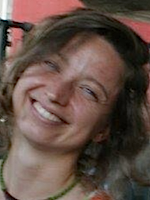 |
Cortesi, Arianna Filiation: Observatorio de Valongo (BR) Biography Dr. Arianna Cortesi got her PhD degree at Nottingham University, UK, in 2012. Then she did a short post-doc (6 month) at the same University. In November 2013 she started a 5 years post-doc at the University of Sao Paulo, BR, with a FAPESP fellowship. Since 2018 she is a post-doc at the Observatory of Valongo, in Rio de Janeiro, BR. She is part of the surveys S-PLUS, J-PLUS and J-PAS. In particular she acts as cordinator, in collaboration with Dr. González Delgado, of the galaxy evolution group. Her main field of work is galaxy evolution, studying their kinematics and photometric proporties, with a particular focus on the origin of lenticular galaxies. She actively used GALFITM to perform bulge-to-disk light decomposition of galaxies. Date:
|
|||||
 |
Sánchez Bermúdez, Joel Filiation: UNAM, Mexico Biography Joel Sánchez Bermúdez is an astrophysicist specialized in infrared interferometry and image reconstruction. He also has a BSc in mechatronics engineering. His scientific interests are focused on stellar physics, in particular the details of the evolution of massive stars (multiplicity, wind-wind collisions, interactions with the inter-stellar medium, etc.), young stellar objects (disk structure, jet characterization, etc.), and the search for exo-planets with direct imaging. Among his responsibilities are the coordination and execution of the Guaranteed Time Observations (GTO) Massive Stars program for the GRAVITY Consortium. Joel is also member of the James Webb Space telescope (JWST) Aperture Masking GTO leading group, which has the objective of setting up the aperture masking pipeline and planning the commissioning phase and aperture masking GTO projects of the JWST. At the IA-UNAM, Joel is the leader of the high-resolution group and he actively works on the the development of new imaging algorithms for infrared interferometry. Joel has imparted invited talks at international conferences and research centres, he teaches diverse Astronomy courses at the graduate and postgraduate level and creates outreach material and activities. His publication record consists of 34 articles in refereed Q1 journals (10 as first author) with around 900 citations. Date:
|
|||||
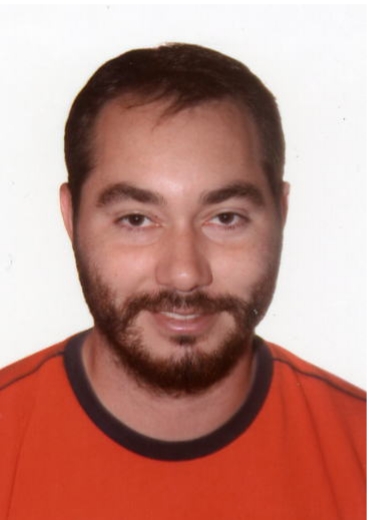 |
Fernández Ontiveros, Juan Antonio Filiation: Istituto di Astrofisica e Planetologia Spaziali (INAF-IAPS) Biography Dr. Fernández Ontiveros completed his Ph.D. at the Instituto de Astrofísica de Canarias in 2010, focused on the study of AGN with high-angular resolution techniques. During his stay at the Max Planck Institute for Radioastronomy (2010-2013), in Bonn, he gained experience with infrared interferometry, observing some of the faintest nuclei accessible with this technique. Then, he moved to the Istituto di Astrofisica e Planetologia Spaziali (INAF) in Rome (Italy), where he built the largest IR spectroscopic database of AGN with Spitzer and Herschel observations. This work allowed him to become an active member of the galaxy evolution working group supporting the SPICA mission - an IR astronomical observatory pre-selected for the phase A study of the ESA M5 mission - coordinating the group dedicated to the study of the chemical evolution of galaxies. He is also leading an ALMA survey of molecular gas outflows in nearby galaxies. Date:
|
|||||
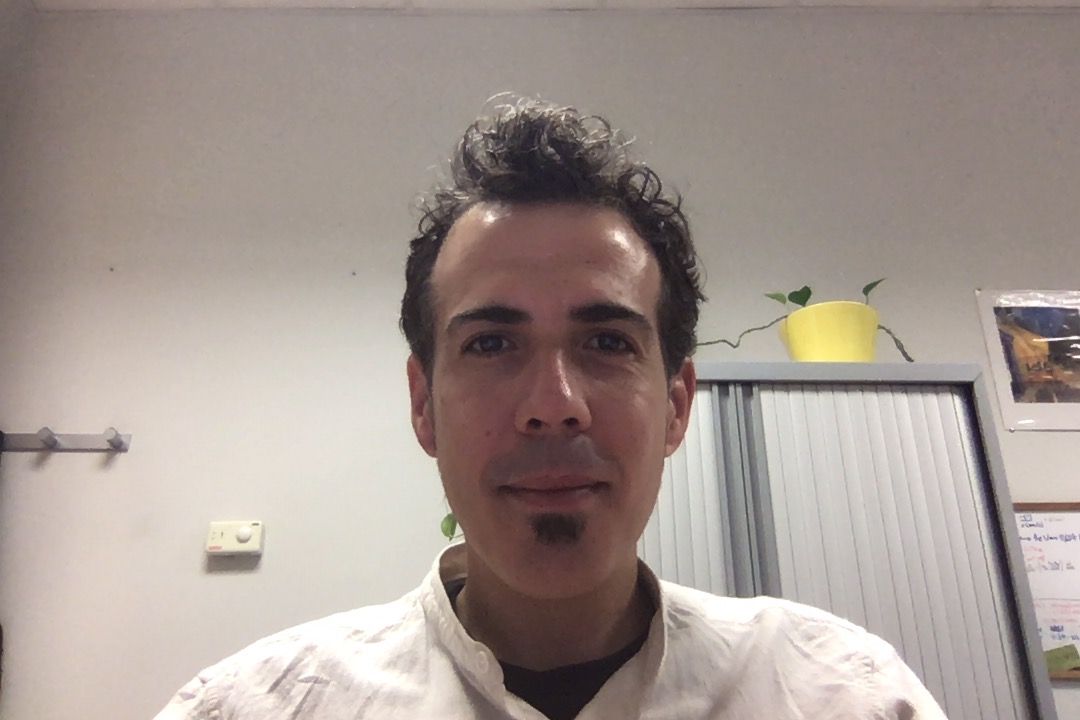 |
López Coto, Rubén Filiation: INFN, Padova Biography Rubén López Coto is an experimental physicist with background on particle and astroparticle physics. His scientific interests are focused on the study of fundamental physics and cosmic ray acceleration and transport through observations of the non-thermal spectrum of galactic sources. Amongst his activities are also the software and hardware development for Cherenkov detectors and the R&D of new detection systems in the very-high-energy gamma-ray regime. He is an active member of the major very- high- energy gamma- ray collaborations: MAGIC, H.E.S.S., HAWC, SWGO and CTA. His CV contains articles from many different aspects of Astroparticle Physics, numerous invited talks and many coordination roles. He has a remarkable publication record (146 papers in refereed Q1 journals, with a total of 5711 citations, H- index=35, out of which 19 as one of the main authors) shows the impact of his research on the astroparticle community. Date:
|
|||||
 |
Fuller, Gary Anthony Filiation: The Jodrell Bank Centre for Astrophysics, Department of Physics & Astronomy, School of Natural Sciences, Faculty of Science and Engineering, University of Manchester, UK Biography Gary Fuller is Professor of Astrophysics at the Jodrell Bank Centre for Astrophysics (JBCA) in the Department of Physics and Astronomy, University of Manchester, UK. His research interests include the observational study of star formation, particularly at radio to submillimetre wavelengths, and the development of millimetre/submillimetre instrumentation. He has published over 220 papers and supervised over 20 PhD students. Prof. Fuller was PI of the ESO funded ALMA Band 2 Development project to study the critical components for a new receiver system for ALMA, leading an international team to successfully deliver the development programme. Prof Fuller is the principal investigator and lead-scientist of the UK ALMA Regional Centre (ARC) Node which is based in JBCA. In the Department of Physics & Astronomy, Prof. Fuller has held a range of senior positions. Currently he is Head of Internationalisation for Latin America in the Faculty of Natural Sciences. Date:
|
|||||
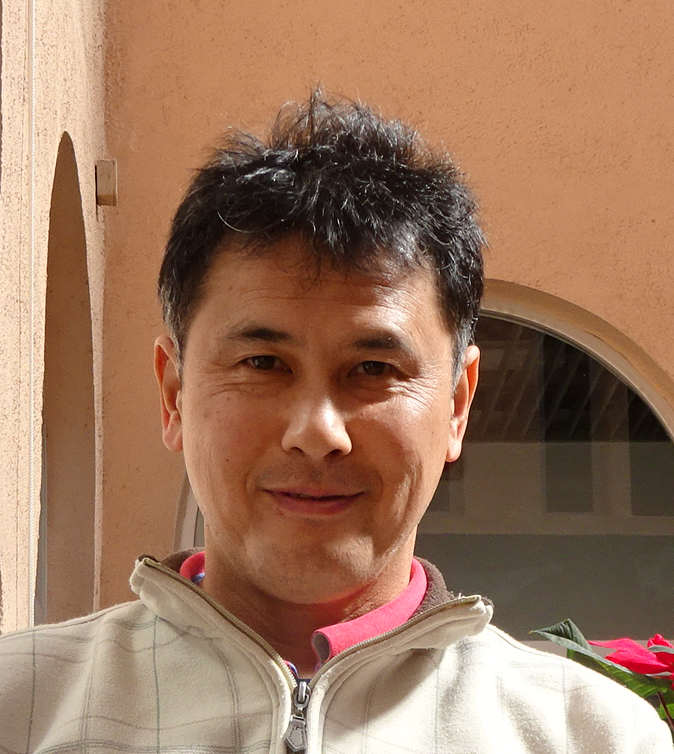 |
Imai, Hiroshi Filiation: Kagoshima University Biography Hiroshi Imai is an astronomer at Kagoshima University, Japan. He is specialized in the VLBI technique, in particular automated pipelines for data calibration, including those for radio astrometry, and syntheses of huge volumes of image cubes for astrophysical maser sources. He is leading a large international observation project using the East Asian VLBI Network (EAVN) and an instrumental development project that enables the Nobeyama 45 m telescope to conduct tricolor-band simultaneous observations dedicated for circumstellar maser sources. They have served study on final stellar evolution involving stellar pulsation, high-speed stellar mass ejection, and photodissociation and photoionization in circumstellar envelopes. Date:
|
|||||
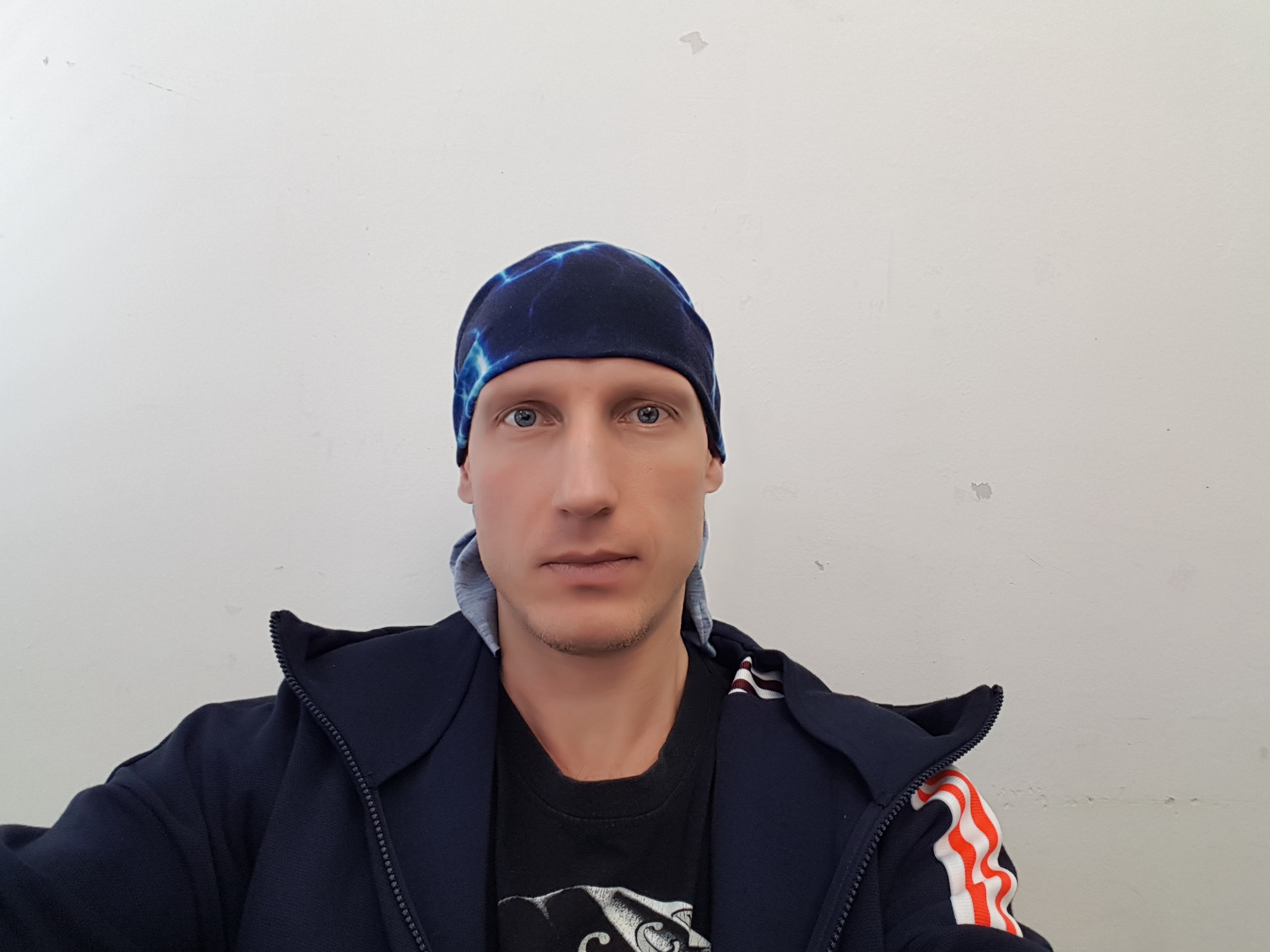 |
Shulyak, Denis Filiation: Max Planck Institut fuer Sonnensystemforschung Biography Denis Shulyak is actually a Postdoctoral researcher at the Max-Planck Institute for Solar system research in Göttingen, Germany. Previously he has carried out studies of Engineering of 2-nd category at the Laser Ranging Station, Crimean Astrophysical Observatory, in Simeiz, Ukraine. He has also been a Junior member of teaching and research staff at the Astronomy Department of the Tavrida National University, in Criema, Ukraine. Apart from that he has performed postdoctoral positions in te Institute of Astronomy at the Vienna University. Date:
|
|||||
 |
Namumba, Brenda Filiation: Radio Astronomy Research Group, Rhodes University, PO Box 94, Makhanda, 6140, South Africa Biography Dr. Namumba completed her undergraduate fellowship in Zambia, where she worked as teaching assistant, and as fellow of the South African National Astrophysics and Space Science Program. She completed her MSc in 2015 and she won the 3rd prize from the South African Institute of Physics for her PhD oral presentation. After completing it (2019) she received a SARAO postdoctoral fellowship entering the group of SARCHI chair Prof. Smirnov, under supervision of Dr. Józsa, at Rhodes University/SARAO. She is hence a young postdoc who became the first Astrophysicist and PhD in Astronomy from Zambia. She focuses on the evolution and dynamics of dwarf and group galaxies, has reduced SKA precursor MeerKAT data and is PI of a recently approved proposal with MeerKAT. She is an experienced user of CARACal (Containerized Automated Radio Astronomy Calibration) and a specialist in interpreting the HI kinematics of dwarf galaxies. Date:
|
|||||
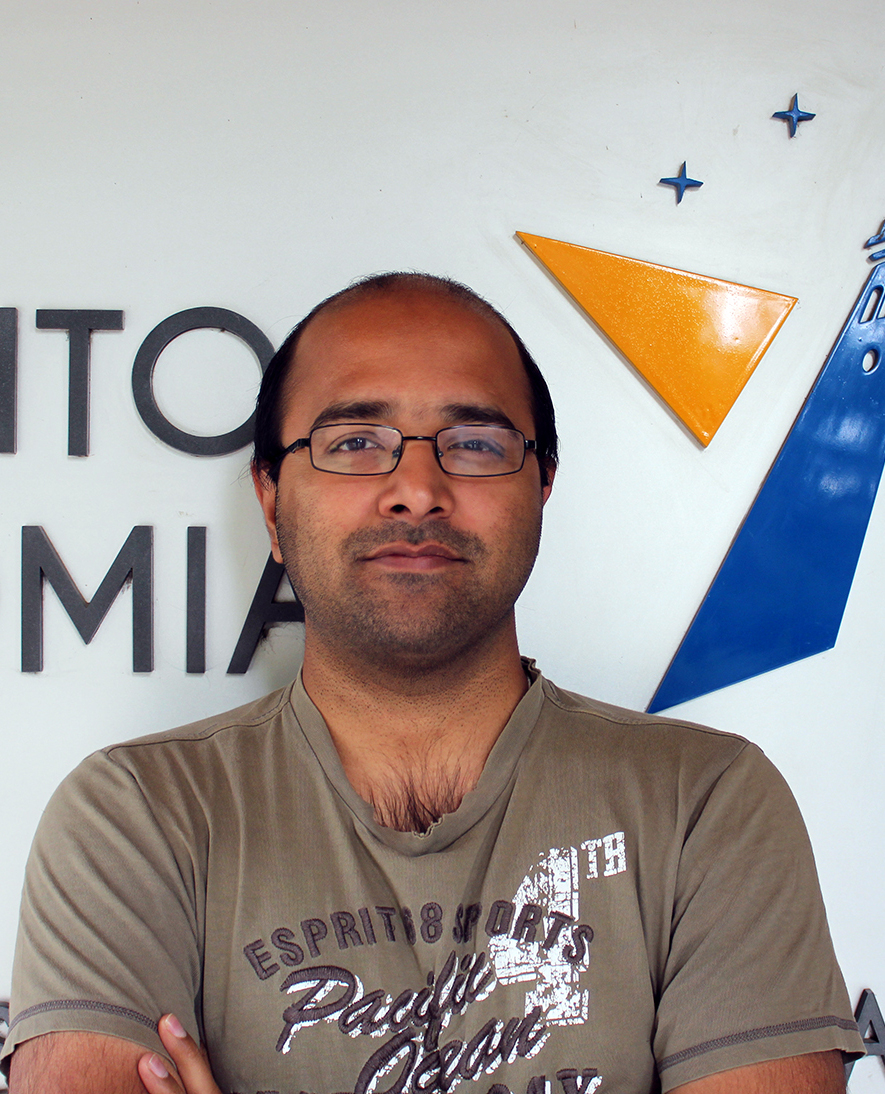 |
Ramakrishnan, Venkatessh Filiation: Universidad de Concepcion Biography He obtained his doctorate degree from the Aalto University in April 2016 through a thesis on the study of Multifrequency connection in blazars. One of his specialties is the statistical analysis of variability to infer the properties of the emitting regions. He started to focus on the magnetic field properties in active galaxies through polarimetric observations as part of the POLAMI programme (PI'ed by I. Agudo at the IAA-CSIC). Venkatessh is responsible for most current POLAMI studies. He is also an active member of the EHT consortium that maps the black hole in the galactic centre and M87 galaxy. He is responsible for observations at the APEX telescope in Chile, which is a part of the EHT network. His other contributions to this project include the calibration of the ALMA interferometric data and EHT as a whole, and as well as in various imaging procedures to reconstruct the image. Date:
|
|||||
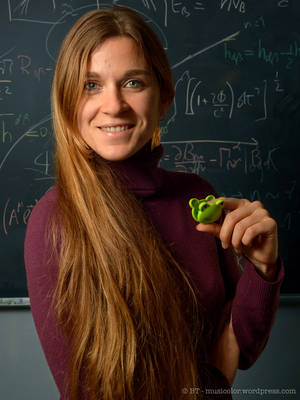 |
Frattin, Elisa Filiation: Università degli Studi di Padova, Padova (Italy) Biography Elisa Frattin did her bachelor degree in Astronomy at the Universita degli Studi di Padova (Italy). She studied her Master degree in Astronomy at the same University. Her Master Thesis was dedicated to the study of “Methods for the preliminary orbit determination of asteroids” obtaining the highest qualification, cum laude. She did her PhD at the Universita degli Studi di Padova under the supervision of G Cremonese, I Bertini and M, Lazzarin. Her research was focused on the characterization of 67P dust particles by analyzing OSIRIS/Rosetta images. After completing her PhD in 2018 she has become postdoctoral researcher at the University of Padova. Elisa is currently assistant scientist of the OSIRIS/Rosetta research group and member of the OSIRIS/Rosetta Dust working group. She has published 11 Q1 publications. Date:
|
|||||
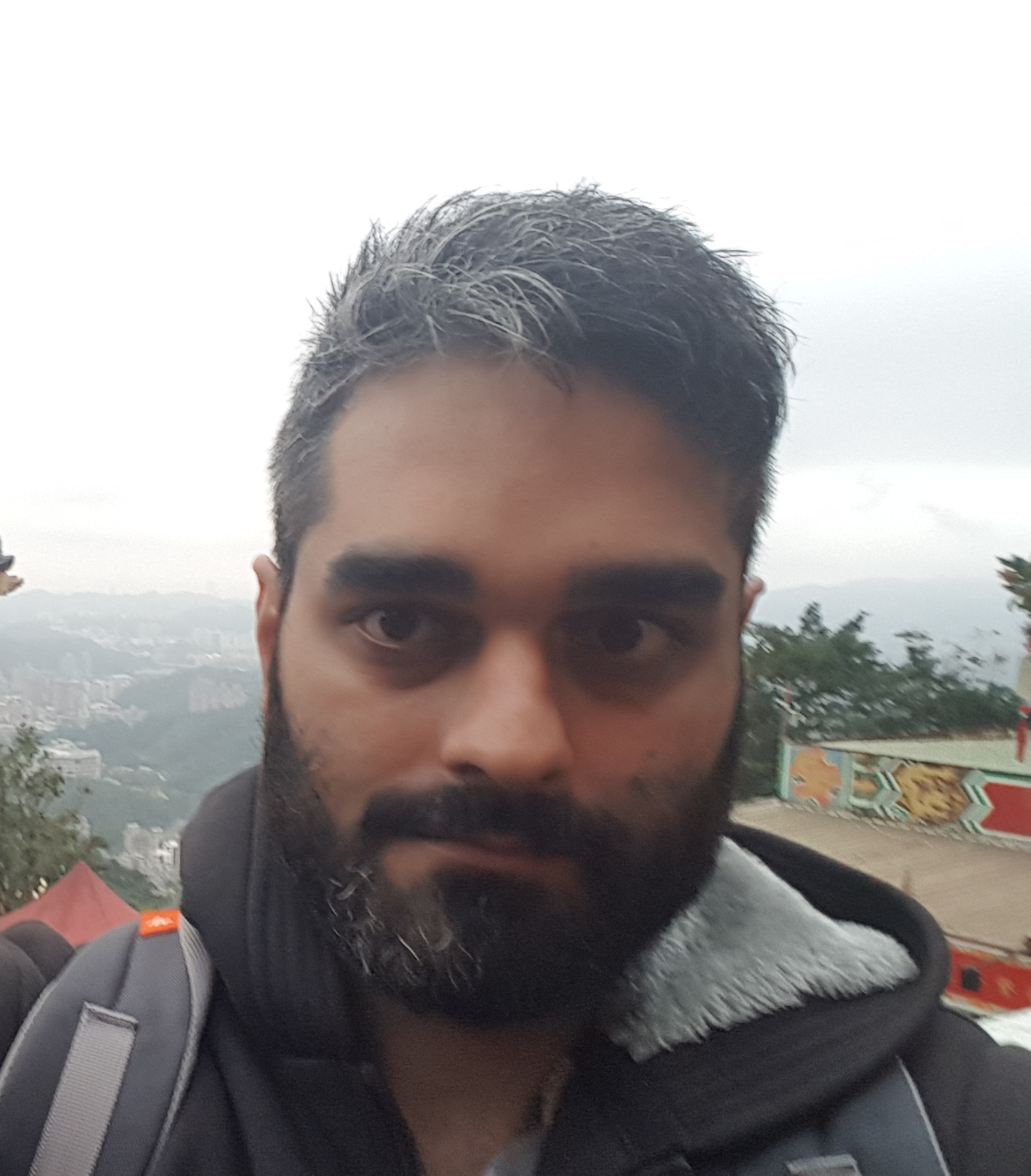 |
Díaz García, Luis Alberto Filiation: ASIAA (Taiwan) Biography In 2017, Dr. Luis A. Díaz-García obtained his Ph.D. in Astrophysics at the University Complutense de Madrid (UCM) under the supervision of Dr. Javier Cenarro Lagunas (CEFCA). In the same year, he obtained a postdoc fellow for 6 months to work within the CEFCA project: "Formation and evolution of galaxies in the 4D multi-filter surveys J-PLUS y J-PAS from OAJ". Since July 2018, he lives in Taipei (Taiwan) to work as postdoc at Academia Sinica Institute of Astronomy and Astrophysics (ASIAA) under the supervision of Proff. Keiichi Umetsu. His primary interest lie in the field of formation and evolution of galaxies (stellar populations, SED-fitting techniques, etc.) in large astronomical surveys. Currently, he is also participating in weak lensing studies (magnification bias), galaxy clusters, and cluster simulations. For these purposes, he is an active member of the ALHAMBRA, J-PLUS, J-PAS, and HSC-SSP collaboration, and more recently, in the 300th simulation project. Date:
|
|||||
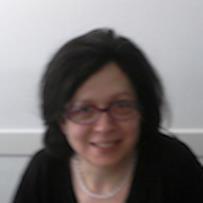 |
Marziani, Paola Filiation: INAF-Osservatorio Astronomico di Padova Biography Paola Marziani obtained her Ph.D. in Astrophysics at SISSA in 1991, with a thesis on Accretion Flows in Active Galaxies, under the supervision of Prof. D. W. Sciama. After postdoctoral experiences in the USA, Mexico and Italy, she joined the research staff of the INAF-Osservatorio Astronomico di Padova in December 1995. Her research interests encompass quasars and Active Galactic Nuclei (AGN), photoionization and dynamical modelling of gaseous regions producing emission lines in a variety of contexts (from emission line stars to the most powerful quasars), small and large scale structures in the Universe, and observational cosmology. Date:
|
|||||
 |
Oshagh, Mahmoudreza Filiation: Institut für Astrophysik Göttingen Biography I did my education until the Master degree in physics in Iran, where I am originally from. Following it, I did my PhD in a very active and recognized ERC funded "ExoEarths" group in the Center for Astrophysics of University of Porto, under the supervisions of Prof. Dr. Nuno Santos and Prof. Dr. Nader Haghighipour (University of Hawaii). After obtaining my PhD, I was offered a one-year Post-Doc in the Center for Astrophysics of University of Porto on a project related to the CHEOPS (ESA's mission) preparation. For my second Post-Doc, I was awarded a DFG research grant to perform my own research project related to probe the influence of stellar activity on obliquity of transiting exoplanets, in the institute for astrophysics of university of Goettingen. Moreover, I have been involved in PLATO mission and CARMENES consortium. Recently, I was awarded an International Cooperation Program grant between Germany and Portugal. Date:
|
|||||
 |
Alvarez-Candal, Alvaro Filiation: Observatorio Nacional de Rio de Janeiro , Brasil Biography Dr. Alvarez-Candal graduated as B.Sc. in Astronomy at the University of Córdoba (Argentina) in 2002. In 2006 he obtained his doctorate in Astronomy at the Observatório Nacional de Rio de Janeiro (Brazil). He became fellow of the European Space Agency (2007-2008, external fellowship at LESIA/Observatoire de Paris, France) and fellow at the European Southern Observatory (2009 - 2013, support astronomer at the VLT in Chile). In July 2013 he obtained a tenure track position at the Observatório Nacional in Rio de Janeiro. He was authored and co-authored over 50 research articles with over 1,000 citations and an H-index over 23 in the field of Planetary Sciences, in particular, observational studies of Minor Bodies, in particular observations in the visible and near-infrared of trans-Neptunian objects. He has supervised one M.Sc. dissertation and is currently supervising three Ph.D. students. Date:
|
|||||
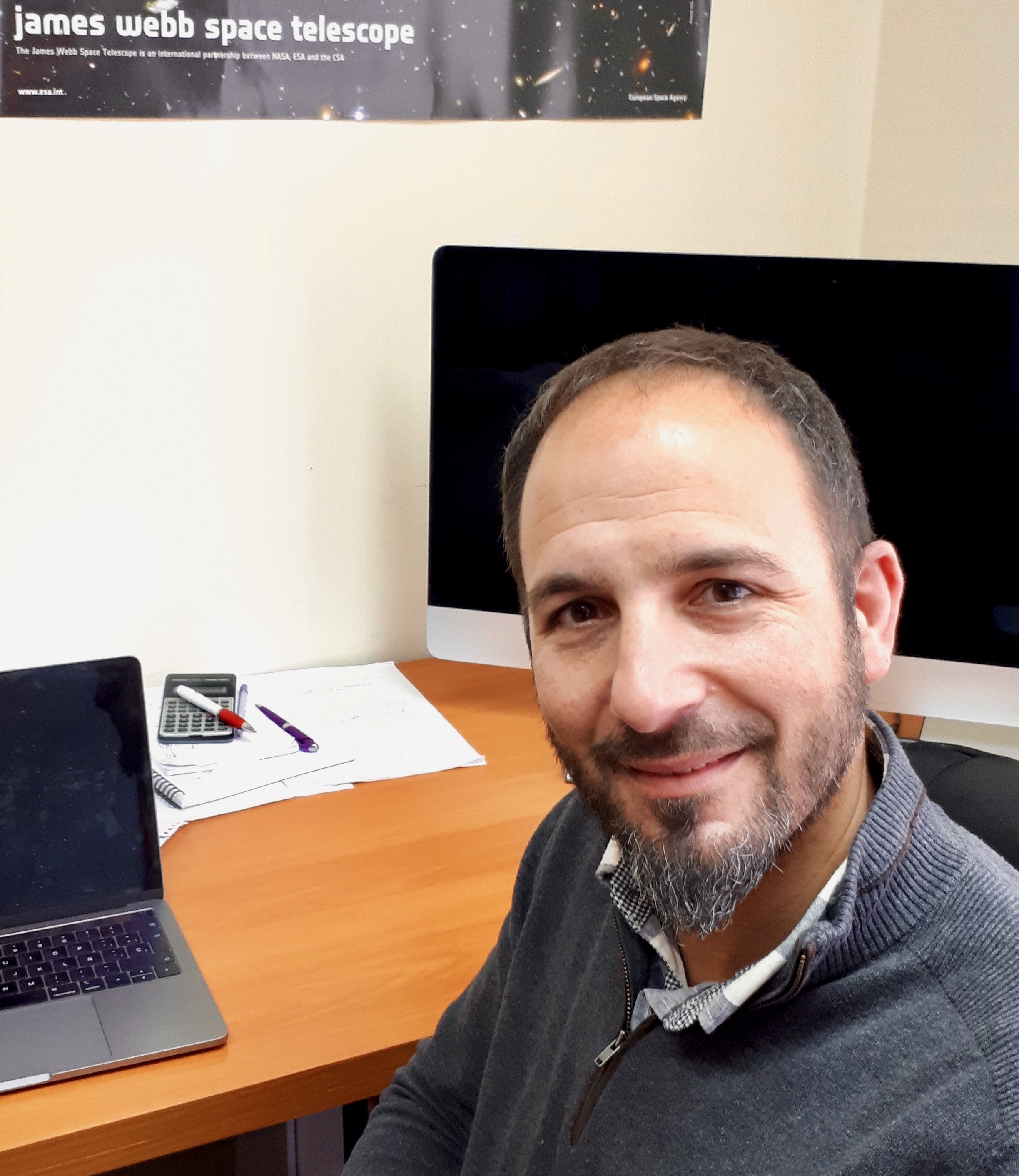 |
Amorín, Ricardo Filiation: Universidad de La Serena Biography Associate Professor at Universidad de La Serena (ULS, Chile), where he combines research and teaching activities since 2018, including the coordination of the Masters program in astronomy of the ULS. Ricardo's main research activities are related to the broad field of Galaxy Formation and Evolution. The understanding the starburst-driven evolution of low-mass galaxies over cosmic time, along with the mechanisms involved in the triggering and regulation of massive star formation and their impact on the chemical evolution, kinematic properties, and ionization of the interstellar and intergalactic medium, constitute his main research interests. He is actively involved in several large international collaborations, such as ESTALLIDOS, CANDELS, ASTRODEEP, VUDS, VANDELS, ALMA/ALPINE, HST/CLASSY, JWST/JADES, among others. Within these projects, Ricardo and his team lead multiwavelength studies focused on the most extreme emission-line galaxies at low and high redshifts, which are aimed at providing new insights on the early stages of galaxy evolution. Date:
|
|||||
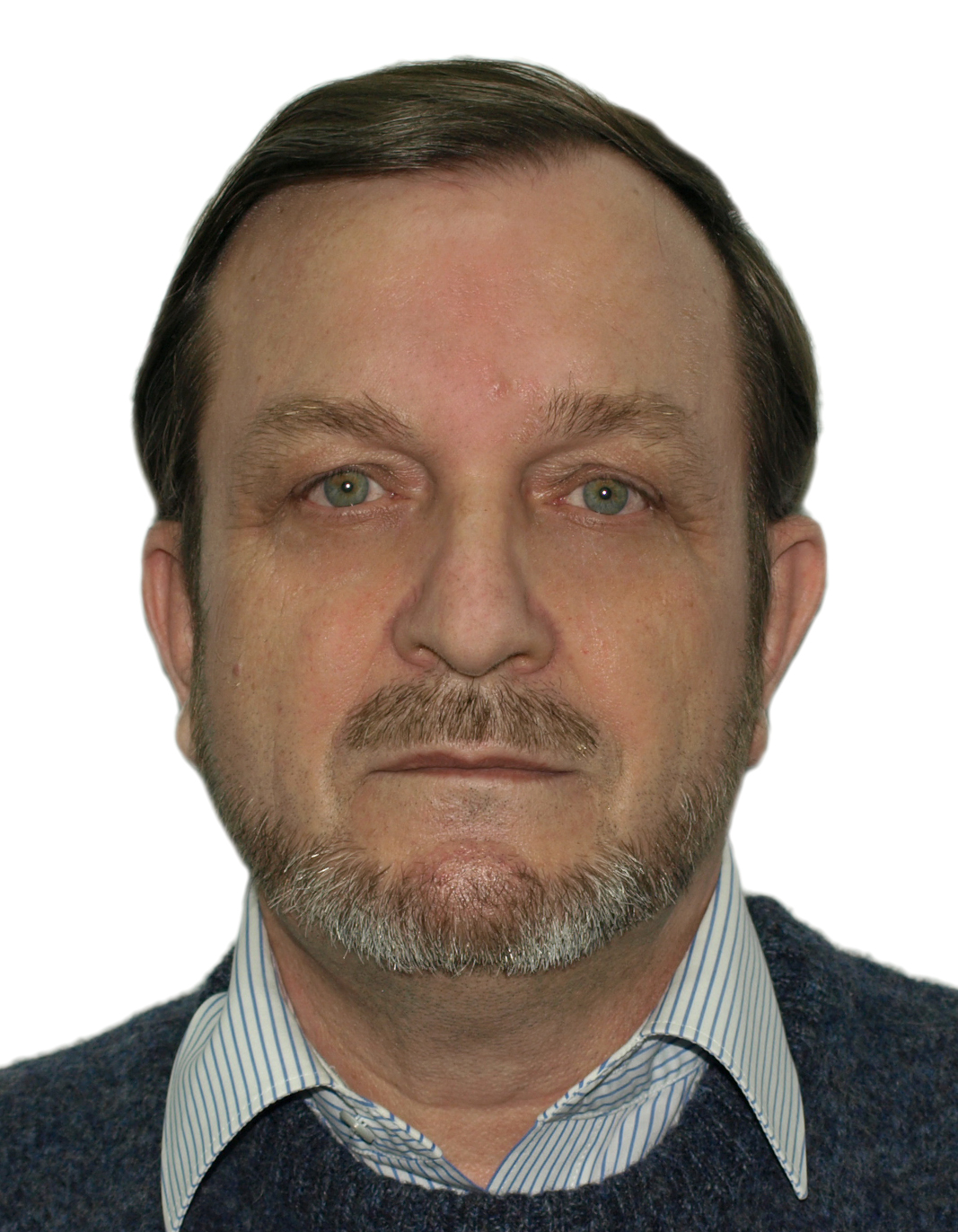 |
Pilyugin, Leonid Filiation: National Academy of Sciences of Ukraine Biography Leonid Pilyugin is a researcher at the Main astronomical observatory of National Academy of Sciences of Ukraine (Kiev, Ukraine). Currently he is head of laboratory. His main field of expertise is the extragalactic astronomy, the structure and evolution of galaxies. He constructed the model of the chemical evolution of galaxies taking into account the enriched galactic winds and the self-enrichment of the star formation regions. He suggested several calibrations for the determination of the oxygen and nitrogen abundances in the interstellar medium of galaxies. He determined the abundance distributions across spiral and irregular galaxies and studied the relations between the chemical and other macroscopic characteristics of galaxies. Date:
|
|||||
 |
Viana Almeida, Pedro Filiation: Instituto de Astrofísica e Ciências do Espaço Biography Pedro Viana Almeida is an astronomer from the Instituto de Astrofísica e Ciências do Espaço, Portugal. He is specialized in planet detection around low-mass stars at the time of star and planet formation (0.5-10 10⁶ years) using high-precision radial velocities. His expertise is focused on the analysis of Optical and Near-Infrared spectroscopy and in the development of computational methods and analysis tools for the characterization of atmospheric and/ or orbital parameters of old and young stellar objects. Date:
|
|||||